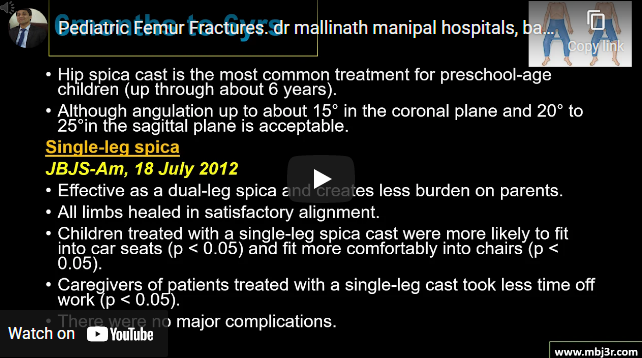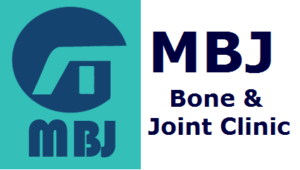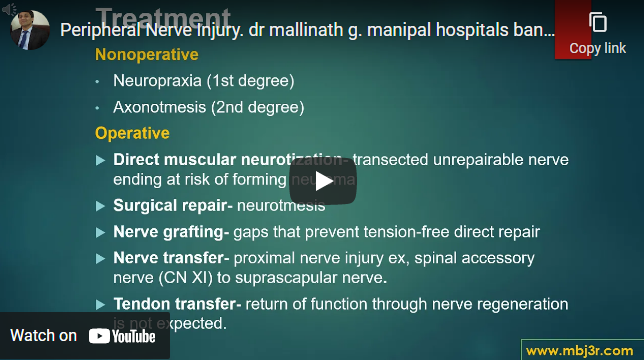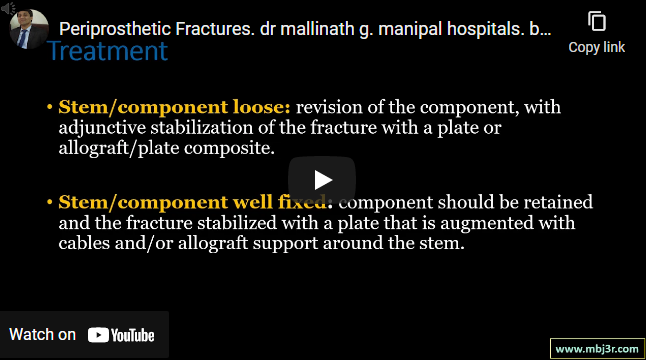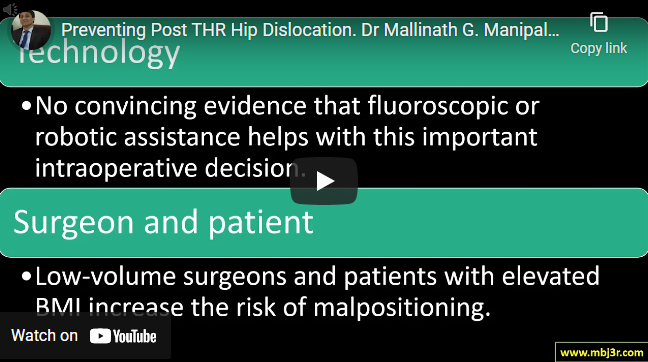Pavlik harness has become common treatment for infants younger than about 6 months of age Hip spica cast is the most common treatment for preschool-age children (up through about 6 years). Angulation up to about 15° in the coronal plane and 20° to 25°in the sagittal plane is acceptable. 6-10 years: Nonrigid nails: mainstay of treatment Submuscular plates are ideal…
